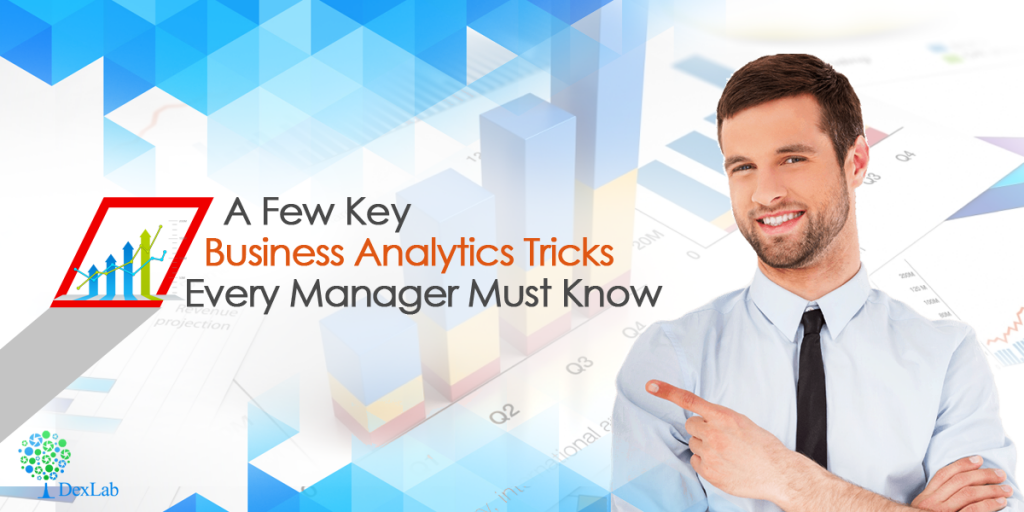The main objective behind using any analytics tool is to analyze data and gather commercially relevant and actionable insights to accelerate results and performances of any organization. But currently there are a variety of tools available so, it often becomes difficult for managers to know which ones to use and when. You may be considering an online certificate in business analytics so reviewing and understanding these key tools may be of great value.
So, we thought you may want to know a few of the key analytics tools in use today and how they can be helpful for different business organizations.
Business experiments: this is the tool used to test for the validity of something like business experiments, AB testing and experimental designs. One can experiment their new product packaging, strategic hypotheses or even fresh marketing approaches. The way this works is by changing something in one part of an organization and keeping the other part unchanged to compare against, by having a control group system. This could be especially useful to test between two options.
Visual analytics tools: while data analysis is perceived as a complex task, but there are several ways one can analyze data. The easiest being with visual tools like graphs and charts. People can visualize these graphs to spot patterns and trends. This is an inclusive approach that combines data visualization with data analysis and human interaction. These tools can be especially handy when people are trying to tackle a large volume of data trying to make sense of them.
Correlation analysis: a commonly used statistical technique that is used to determine if there is a relationship between two separate variables, and even if there does, how strong is the relation. This technique is most useful when you know or suspect that there is a relationship between two variables and would like to test the assumption.
Scenario analysis: this method is also known as total return analysis or horizon analysis is an analytical process that helps people to evaluate different types of possible future events or scenarios with consideration of alternative scenarios. This is the method of choice for managers when they are unsure o which action to take or which path to pursue in a situation.
Regression analysis: this is a statistical tool for analyzing the relationship between variables. Like for instance finding answers to questions like, is there a causative relationship between price of products and demand of products. One can use this method to determine if one variable is affecting the other and if one wants to establish whether their hypothesis is in fact true.
Data mining: this process has been designed to explore data which are very large business related data sets – more recognizable as Big Data. This analysis is done to garner commercially relevant information between variables or identify patterns that can be used to improve performance. A great method for when one needs to have insights drawn from large data sets.
We believe that a business analytics online certification can be of great value to managers who want to stay in business for a long time and keep making progress in a world that is slowly becoming increasingly dependent on data.
Interested in a career in Data Analyst?
To learn more about Machine Learning Using Python and Spark – click here.
To learn more about Data Analyst with Advanced excel course – click here.
To learn more about Data Analyst with SAS Course – click here.
To learn more about Data Analyst with R Course – click here.
To learn more about Big Data Course – click here.


Comments are closed here.